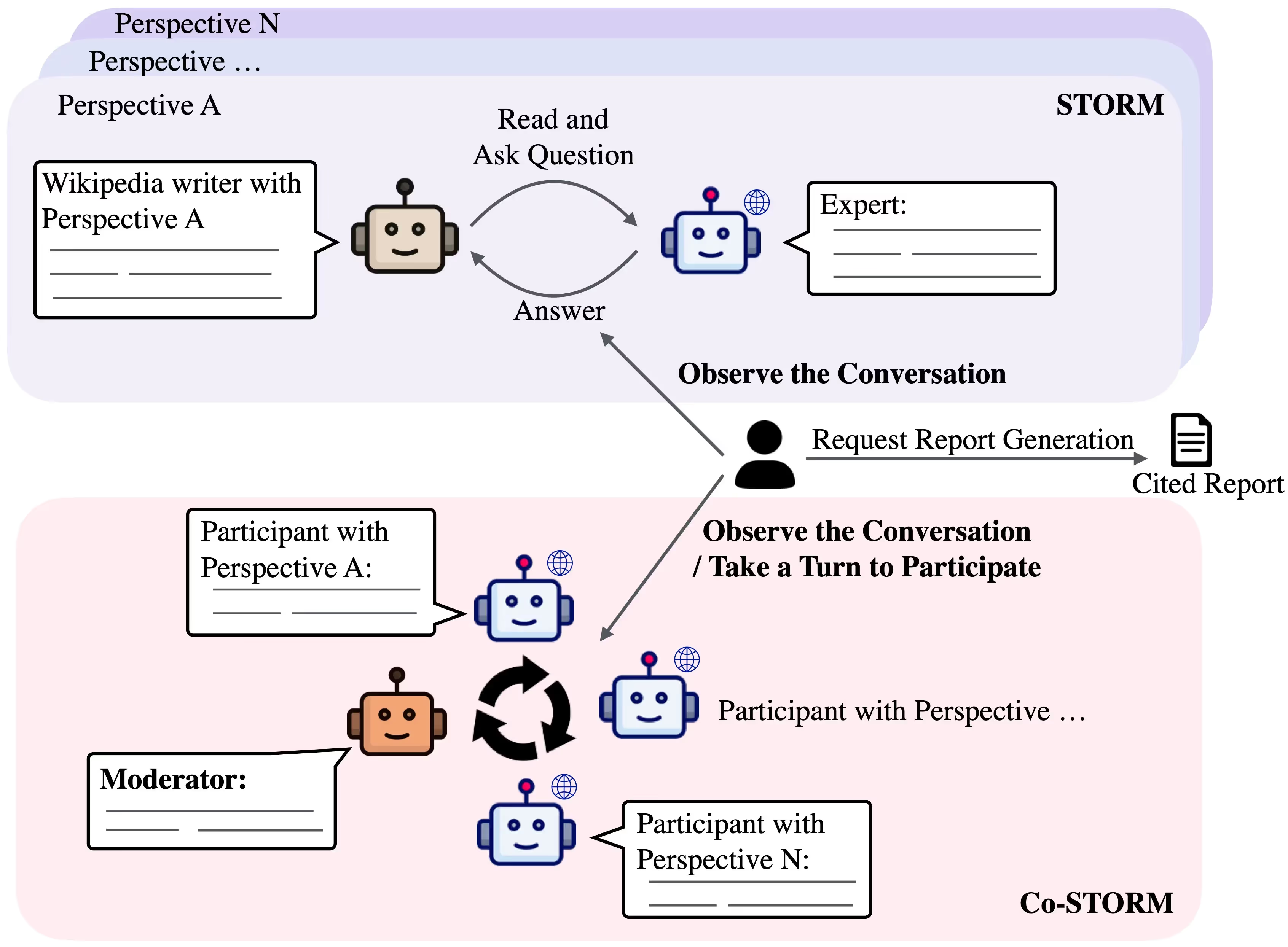Mastering AI Model Customization with Ollama Deep Researcher
Artificial Intelligence (AI) is revolutionizing industries, and fine-tuning AI models has become essential for businesses that need custom applications. With Ollama Deep Researcher, you can optimize and refine AI models to better meet the specific needs of your project. Whether you're working on machine learning, natural language processing (NLP), or computer vision, this guide will help you understand how to fine-tune AI models effectively.
Why Fine-Tuning AI Models is Crucial
AI models are typically pre-trained on vast datasets, but they may not be fully optimized for your specific needs. Fine-tuning allows you to:
- Improve accuracy by adapting the model to your domain-specific data.
- Enhance efficiency by reducing unnecessary computations.
- Optimize predictions for specialized applications like chatbots, recommendation engines, and image recognition.
- Customize models to maintain a competitive edge in your industry.
With Ollama Deep Researcher, fine-tuning AI models has never been easier. This tool allows you to tailor machine learning frameworks such as TensorFlow, PyTorch, and Hugging Face Transformers to meet your specific needs.
How Ollama Deep Researcher Facilitates AI Model Optimization
Ollama Deep Researcher offers a powerful platform for training and optimizing AI models. Here’s how it helps:
- Data Preprocessing – Ensures clean, structured data before training.
- Model Training – Supports distributed training for faster results.
- Hyperparameter Tuning – Helps find the best parameters for improved accuracy.
- Performance Monitoring – Provides insights into model efficiency and potential optimizations.
- Scalability – Adapts to different computational requirements for enterprise and cloud-based applications.
By leveraging these features, industries such as healthcare, finance, retail, and cybersecurity can develop highly customized AI models that deliver high performance.
Step-by-Step Guide to Fine-Tuning AI Models with Ollama Deep Researcher
Follow these steps to fine-tune an AI model tailored to your specific needs.
1. Define Your Goals and Data Requirements
Before fine-tuning an AI model, it's essential to understand your objectives:
- What problem is the AI model solving?
- What type of data will you use?
- What performance benchmarks are necessary?
Once you define these parameters, gather high-quality, well-labeled datasets to ensure successful model training and fine-tuning.
2. Prepare and Preprocess Your Data
Preprocessing is crucial because raw data often contains noise or irrelevant information. Steps to prepare your dataset include:
- Data cleaning – Remove missing, duplicate, or incorrect data.
- Data augmentation – Improve model robustness by generating variations of existing data.
- Data normalization – Scale features for consistency and better performance.
Preprocessed data ensures that the machine learning model learns from relevant patterns, increasing accuracy.
3. Choose the Right AI Model for Fine-Tuning
Ollama Deep Researcher supports multiple AI frameworks, so choose the appropriate model for your application:
- Natural Language Processing (NLP): Fine-tune BERT, GPT, or T5 for text-based applications.
- Computer Vision: Customize YOLO, ResNet, or EfficientNet for image recognition tasks.
- Speech Recognition: Optimize DeepSpeech or Transformer-based models for voice-based applications.
4. Fine-Tune the Model with Ollama Deep Researcher
Fine-tuning involves training the model on your specific dataset while leveraging transfer learning techniques. Steps include:
- Load the pre-trained model.
- Freeze base layers and modify output layers based on new data.
- Adjust learning rate, batch size, and training epochs for optimal performance.
- Use Ollama Deep Researcher’s parameter tuning tools to optimize training results.
Fine-tuning allows AI models to adapt faster while requiring fewer computational resources than training from scratch.
5. Evaluate Performance and Optimize
Once fine-tuning is complete, evaluate the model’s performance using:
- Validation metrics: Accuracy, precision, recall, and F1-score.
- Real-world testing: Deploy the model in a test environment to assess performance.
- Hyperparameter tuning: Adjust parameters to improve results.
- Retraining: If necessary, retrain the model with augmented datasets.
By continuously monitoring performance, you ensure the AI model improves over time and remains optimized for real-world applications.
Benefits of Custom AI Model Fine-Tuning
Businesses and developers benefit from fine-tuning AI models in various ways:
- Increased accuracy: Fine-tuned models provide higher precision tailored to specific datasets.
- Cost efficiency: Optimized AI models require fewer computational resources.
- Faster deployment: Pre-trained models fine-tuned with Ollama Deep Researcher speed up AI implementation.
- Competitive advantage: Custom AI solutions enhance business decision-making and automation.
Whether you're working in e-commerce, finance, or AI-powered automation, fine-tuning models brings significant improvements to efficiency and accuracy.
Final Thoughts
Ollama Deep Researcher provides the tools you need to fine-tune AI models for custom applications efficiently. By defining clear objectives, preprocessing data, selecting the right model, and optimizing its performance, you can build AI-powered solutions that outperform generic models.
With industries rapidly integrating AI into their operations, fine-tuning models ensures you remain competitive and maximize AI-driven insights. Start leveraging Ollama Deep Researcher today and take your AI development to the next level.














.svg)



